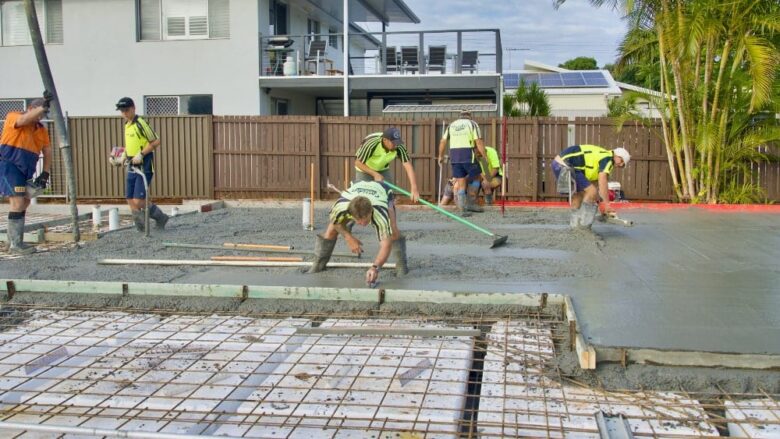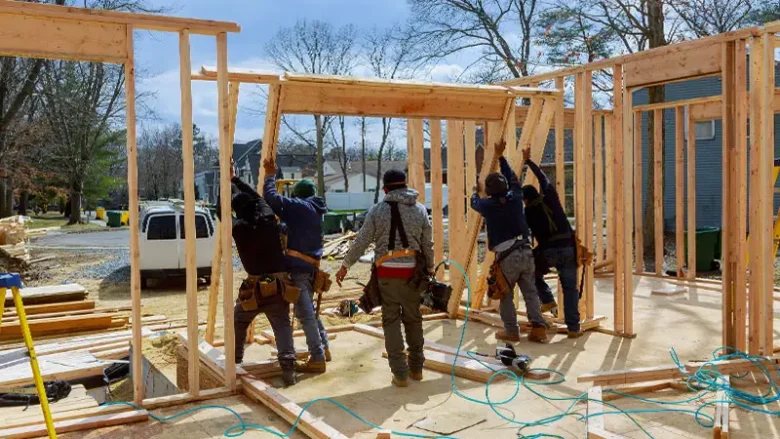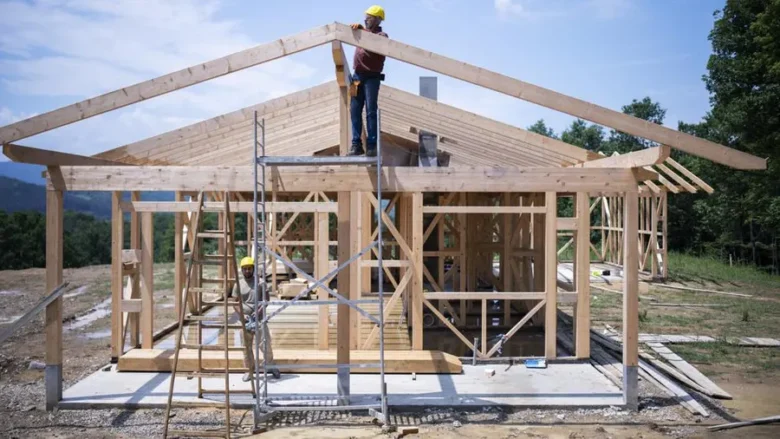As the prospect of buying your own home becomes more and more expensive, the prospect of a dream home becomes more and more unattainable to many. However, there are more ways to get your hands on a house than through traditional real-estate purchases – particularly if you are willing to work hard to make that house a home…
Finding a Workable Option

Even with the growing cost of houses in the modern market, a surprising number of once perfectly good properties fall into disrepair over time. Over 16 million homes sit vacant in the US, and each year some of those empty properties will degrade past the point of no return, becoming closer to a ruin than a home.
This is terrible. However, it also presents an opportunity for you to purchase a “property” fairly cheaply. After all, once a landlord realizes that they are in possession of such a poor-quality property, they might try to get rid of it by selling it cheaply at auction. A perfect opportunity for you to scoop up your new fixer-upper.
Make a Detailed Plan
Now that you have a property that you can call your own, there is plenty to be done to transform this broken-down home wreck into your personal dream house. You’re probably excited to dive in and start making progress on that conversion – which is understandable – but first, you need to ensure you know what you’re doing. In short, you are going to need a plan.
This is important for many reasons, but most notably because it can help you spend your energy as efficiently as you can when renovating. It is an important thing to do, given how much work it will take to fix up your new home. So, before you can throw on some safety goggles and get to town, you need to sit down with some pencils and blueprints.
A particularly important point to remember is that you want to salvage as much of the original building as you possibly can, while also making arrangements for every room you wanted in your dream house. This will probably require a lot of time moving plans around and trying things out to see how they fit together, but the effort of making sure you know what you want from your restoration is easily worth the effort. Besides, it can also be a lot of fun to figure out how to turn this dilapidated wreck into the home of your dreams.
Consult the Professionals

Once you are happy with your plans, you can move on to actually starting the restoration process, which should always start with professional contractors – regardless of how you intend to restore your newly acquired property.
After all, at the very least you want to invest in the services of professional plumbers and electricians who can come out to assess the quality of your new home’s plumbing and wiring, so that you can determine whether they need to be replaced or repaired in any way before you start working on the home in earnest.
Of course, there are plenty of other professionals who you might want to consider engaging with as well. For example, if you wanted to learn more about repairing damaged concrete in your new home, plenty of high-quality construction professionals would likely be more than happy to help you out.
Salvage What You Can and Rebuild the Rest
Once you’ve contacted and spoken with any contractors that you want or need to work with, you can turn your attention toward the true meat of the restoration project – starting with a salvage operation. After all, the more of the original home you can save, the less you will have to spend on rebuilding your home from scratch.
So, you might want to start by sectioning out your new home, and surveying each section to determine whether or not it is beyond saving. This will allow you to make detailed notes on what can and can’t be done for the home, while also providing you with a very clear progression through your work – which can be good for motivation.
It is also important to remember that it may not be worth trying to save a section of the old home if it is going to end up more costly and time consuming to do so than it would be to just rebuild that section right away. In short, this process will also require a small amount of consideration.
Regardless, once you know what elements of the old home can be saved, you can start turning your attention toward the process of building on those foundations to bring your plans to life and create the dream home. A home that might have been unattainable to you through any other means.
Keep At It

When you are working to restore an old, run-down home like this, it can sometimes feel like you are making no progress whatsoever, or like the work you are doing is never going to be able to overcome what you are working against. This is an understandable way to feel, but it is important that you don’t give in to those feelings of despair, and remind yourself how far you’ve come in your work on the home.
The only way to get through the mountains of work needed to make your run-down house into a home is by sticking with it, even when it seems hopeless. Small, sustained progress is the most reliable way to ensure that you will succeed with any task, because the only thing you need to do to succeed is make sure you are always making progress.
That is not to say that it will be easy to stay motivated and continue to pour effort into renovating your home. It is more than alright to need breaks and voice your concerns about how much time and effort you put in. But it is always worth it to stick it out through these tough times, so that you can see the fruits of your efforts finally come through.

